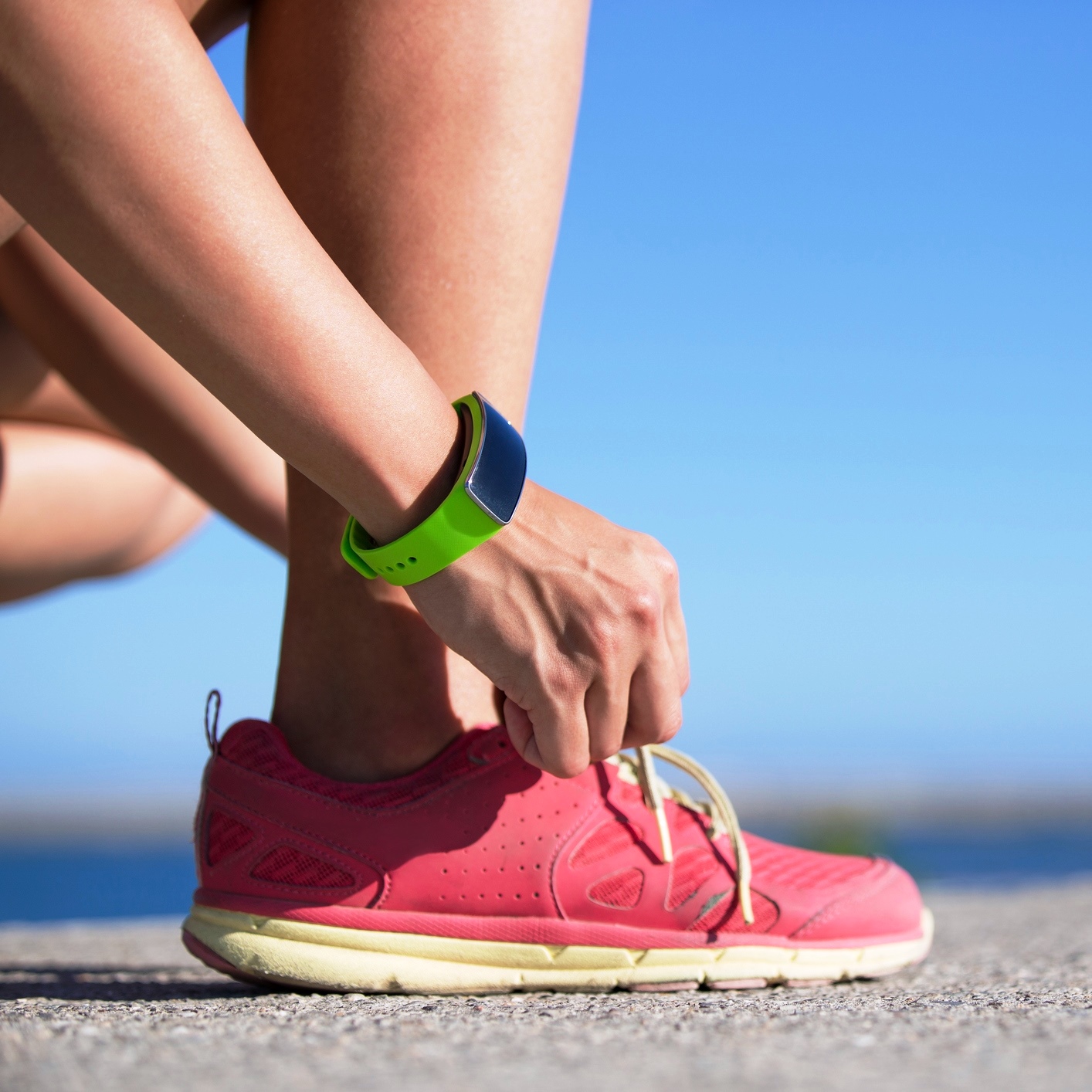Consumer Electronics
What If Wearable Devices Do Nothing for Weight Loss and Health?

Published:
Last Updated:

Living healthy is a task that most people either love or hate. It might not be the process that people care for but everyone cares about the results. In 2017, we have the technology to help push us to be healthier but do we actually use it? Or maybe a better question: does it actually work? What if buying into the whole health craze with wearable technology didn’t actually make you healthier?
According to a recent study at the University of Pittsburgh, this might actually be the case. Specifically, the craze around wearable fitness technology might not be as helpful as once thought.
Diet and exercise are the most effective ways to lose weight, along with living a healthy lifestyle. So why would anyone need a wearable device in the first place? For some people, it keeps them honest, almost like a reminder to get up and get out. Other people use these devices to help track steps or how many calories are burned. Some more sophisticated apps can track caloric intake. These are all features that help out the bottom line for makers of the wearable technology, but the point is that they have to be used in conjunction with a lifestyle that compliments them.
According to the study from University of Pittsburgh, the addition of a wearable technology device to a standard behavioral intervention resulted in less weight loss over 24 months. Essentially, these devices that monitor and provide feedback on physical activity appeared to not offer an advantage over standard behavioral weight loss approaches.
In real terms, participants in the study lost an average of 7.7 pounds when given access to the wearable technology. The group without access was shown to have lost an average of 13.0 pounds. This is a significant difference.
For some background on the study: it took place between 2010 and 2012 and involved 471 adults between the ages of 18 and 35. All of them were put on a low-calorie diet, had group counseling sessions and were advised to increase their physical activity. Six months into the intervention, all were given telephone counseling sessions, text-message prompts and study materials online.
Also at that time, half were given wearable tech devices that monitored their activity and connected to a website to help provide feedback. All participants were followed for 18 more months.
What might stand out to some consumers and interested parties here is the timeframe. Even going back to 2012, let alone 2010, there were far fewer wearable devices.
So what does this mean for the producers of this wearable tech?
Perhaps the first company that comes to mind is Fitbit Inc. (NYSE: FIT). This wearable firm has been on the long road down since its initial public offering (IPO) in the summer of 2015. Right now shares are at about 10% of their all-time high due to slumping earnings and sales. Fitbit actually reports its fourth-quarter results after the markets close on Wednesday (Feb. 22, 2017). The consensus estimates are calling for a net loss of $0.50 per share and $576.04 million in revenue.
Garmin Ltd. (NASDAQ: GRMN) reported its fourth-quarter results before the markets opened on Wednesday. This firm actually grew its fitness wearable sales by 20% in the quarter, driven by Garmin Elevate wrist heart rate technology. The recently launched vívofit jr. was well received by retailers and customers during the holiday quarter, and Garmin sees additional growth potential for wearables designed specifically for children. The firm believes that fitness wearables will be its largest revenue contributor in 2017. Shares are up roughly 9% on this news.
Apple Inc. (NASDAQ: AAPL) is another competitor in the space, since it introduced the Apple Watch back in April 2015. Although the Apple Watch was not as popular as CEO Tim Cook might have initially thought, it does play in to Apple’s overall ecosystem. The company also has been talking up the watch in recent months.
Nike Inc. (NYSE: NKE) previously made a wearable band but the firm decided to scrap it in 2014. Instead Nike has moved more toward its partnership with Apple and the Apple Watch. The partnership has produced most recently the Apple Watch Nike+, which is capable of tracking GPS, pace, route and even submerging up to 50 meters.
While exercising and living a healthy lifestyle can help out most anyone, spending the extra cash for a wearable fitness device might or might not be for you.
Credit card companies are pulling out all the stops, with the issuers are offering insane travel rewards and perks.
We’re talking huge sign-up bonuses, points on every purchase, and benefits like lounge access, travel credits, and free hotel nights. For travelers, these rewards can add up to thousands of dollars in flights, upgrades, and luxury experiences every year.
It’s like getting paid to travel — and it’s available to qualified borrowers who know where to look.
We’ve rounded up some of the best travel credit cards on the market. Click here to see the list. Don’t miss these offers — they won’t be this good forever.
Thank you for reading! Have some feedback for us?
Contact the 24/7 Wall St. editorial team.